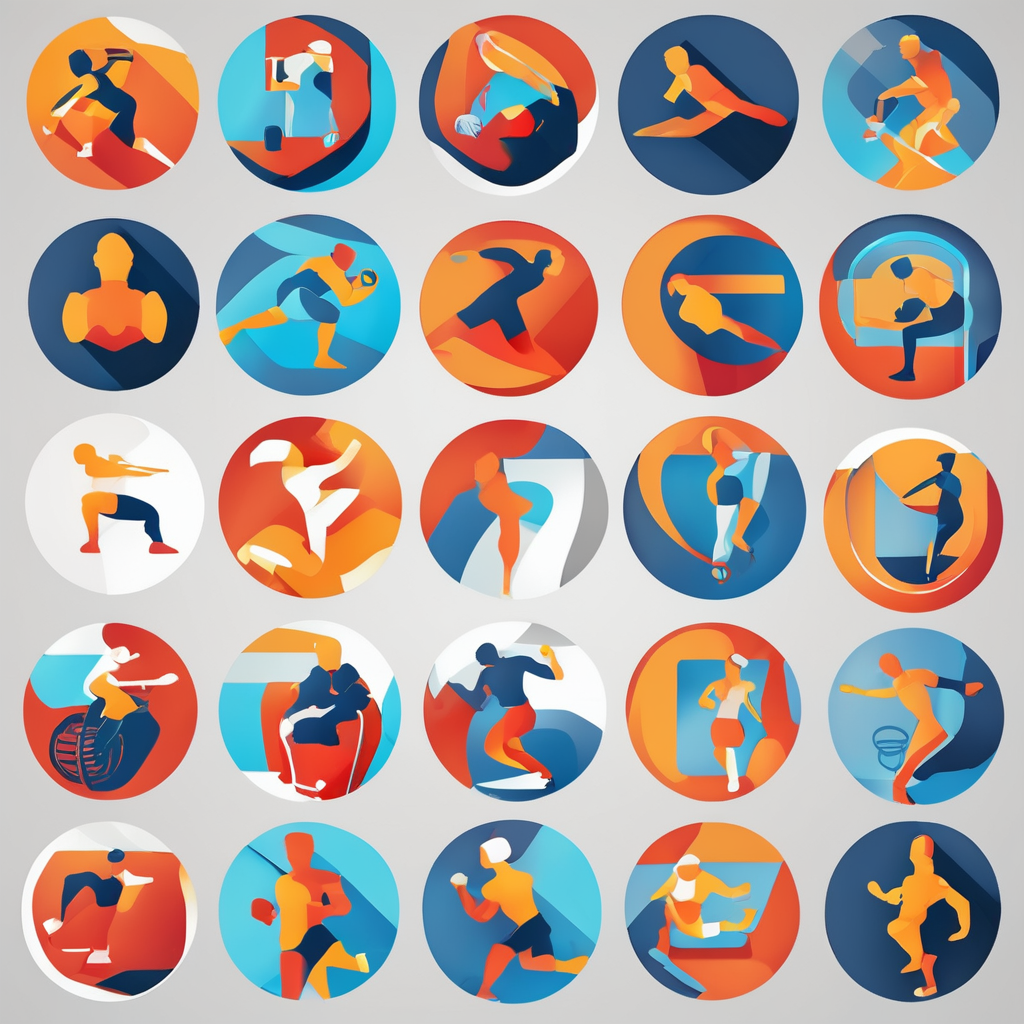Key Drills to Enhance Quickness
Improving quickness in water polo requires specific drills tailored for goalkeepers. Agility training plays a crucial role in developing rapid response and ensuring optimal goalkeeper performance. One effective method is using agility ladders. These tools help boost foot speed and coordination, vital for quick lateral movements across the goal line. Water polo goalkeepers need rapid changes in direction, and agility ladders offer structured agility training to enhance these skills.
Incorporating various swimming techniques is also essential. By practising different strokes, goalkeepers improve their lateral movement and ability to cover the goal width swiftly. The combination of movement patterns on land through agility training and in water through swimming drills ensures comprehensive development of quickness.
Also to discover : Sharpen Your Aim: Essential Mental Drills for Biathletes to Enhance Shooting Accuracy
To effectively integrate these drills, goalkeepers should focus on:
- Regular agility ladder exercises to boost coordination.
- Swimming techniques targeting quick lateral movement.
- Consistent practice to maintain peak goalkeeper performance.
Such foundational drills in water polo not only increase a goalkeeper’s quickness but also sharpen their overall game sense, improving reaction times and positioning during intense match scenarios. This structured approach transforms potential into performance.
Also read : Key Sprint Drills to Boost Your Speed and Dominate Competitive Field Hockey
Importance of Reaction Time
Enhancing reaction time is critical for water polo goalkeepers, directly impacting their ability to respond to fast-paced gameplay. Emphasizing reaction time training can significantly improve a goalkeeper’s quick reflexes. Techniques such as visual cues and split-second decision-making exercises train both mental and physical agility, ensuring goalkeepers can react swiftly under pressure.
Strategies for Improving Reaction Speed
Integrating specific drills can bolster quick reflexes. For instance, solo exercises using unpredictable movement patterns and timed responses build muscle memory. Partner drills, where one player simulates an attacker, provide dynamic practice opportunities. These strategies are crucial in fostering a goalkeeper’s instinct to anticipate and respond efficiently.
The Psychological Aspect of Quickness
Mental agility plays a pivotal role in goalkeeping. Exercises like visualization and mental rehearsals help athletes anticipate game scenarios, enhancing their situational preparedness. Learning to manage game pressure through relaxation techniques supports sharper focus, optimizing the goalkeeper’s reactions during high-stakes moments.
Tips for Mental Preparation and Focus
Routine pre-game preparations contribute to a goalkeeper’s mental sharpness. Visualization, anticipation drills, and cognitive exercises build a mental toolkit for fast decision-making. Establishing these habits ensures the goalkeeper remains mentally agile, ready to tackle the unpredictable nature of water polo matches.
Analysis of Game Scenarios
In water polo, goalkeepers must navigate diverse game scenarios to secure their team’s success. These situations demand precision in goalkeeping strategies and an understanding of different shooting angles and player movements. One key to excellence is the ability to anticipate and prepare for common shooting scenarios. By anticipating offensive plays, goalkeepers can position themselves more strategically and react more effectively.
Situational drills are designed to mimic real-game conditions, enabling goalkeepers to experience and learn from various play dynamics. These drills challenge them to read the game quickly and adjust on-the-fly, fostering tactical awareness. They often involve practising against simulated attackers to fine-tune responses and enhance positional acumen.
Effective communication between the goalkeeper and defenders is crucial. This collaboration during practice enables seamless defensive setups and quick response strategies, enhancing overall goalkeeping performance. Goalkeepers can direct the defensive line, providing real-time adjustments and ensuring the team operates as a cohesive unit.
By incorporating these strategies and drills, goalkeepers not only improve their situational awareness but also build a solid foundation for decision-making in high-pressure moments. This preparation is critical to mastering complex game scenarios in water polo.
Video Demonstrations of Key Techniques
Enhancing water polo performance often benefits significantly from visual aids such as training videos. These resources provide coaching tips which are invaluable for understanding complex techniques. Watching experts demonstrate skills ensures that both novice and seasoned athletes grasp the intricacies required for skill refinement.
Video Analysis of Effective Drills
Analysing performance demonstrations through video allows athletes to observe the mechanics behind successful drills. This perspective helps in correcting posture and movement errors. It enables goalkeepers to internalise specific techniques, fostering better execution.
Expert Interviews on Technique Mastery
Professional coaches offer insightful interviews discussing common pitfalls. Their coaching tips guide athletes on overcoming these challenges efficiently. Listening to their experiences and recommendations allows athletes to learn and apply techniques with more confidence.
Visual Learning Tools for Goalkeepers
For many, seeing a technique in action is more effective than reading about it. Visual learning tools, such as step-by-step breakdowns of drills, enhance comprehension. These resources can be pivotal in achieving the desired improvements in quick reflexes and goalkeeping performance. Offering accessible, quality video content supports continuous learning and skill enhancement in water polo.
Case Studies and Success Stories
Exploring athlete success stories provides insight into how targeted training enhances performance improvement for water polo goalkeepers. These narratives often highlight drastic changes in player abilities after implementing focused drills, offering relatable experiences for aspiring athletes.
For example, an elite international goalkeeper improved his quickness by integrating specific agility and reaction time training. Prior to the training, his performance metrics indicated delayed responses during matches. After incorporating agility ladders and visual cues into his routine, both foot speed and reaction times showed significant enhancement, contributing to a 20% increase in goalkeeping performance.
Similarly, young goalkeepers have shared firsthand accounts of progress. By practising situational drills and honing mental agility, they have seen marked improvements. Their performances in local tournaments reflect faster decision-making and better tactical awareness.
Encouraging goalkeepers to document and share these goalkeeping examples fosters a community of growth and learning. Athletes can extract valuable tips from each other’s experiences, tailoring their own training regimes. This shared knowledge enriches personal development, promoting consistent improvement across all levels of play in water polo.
